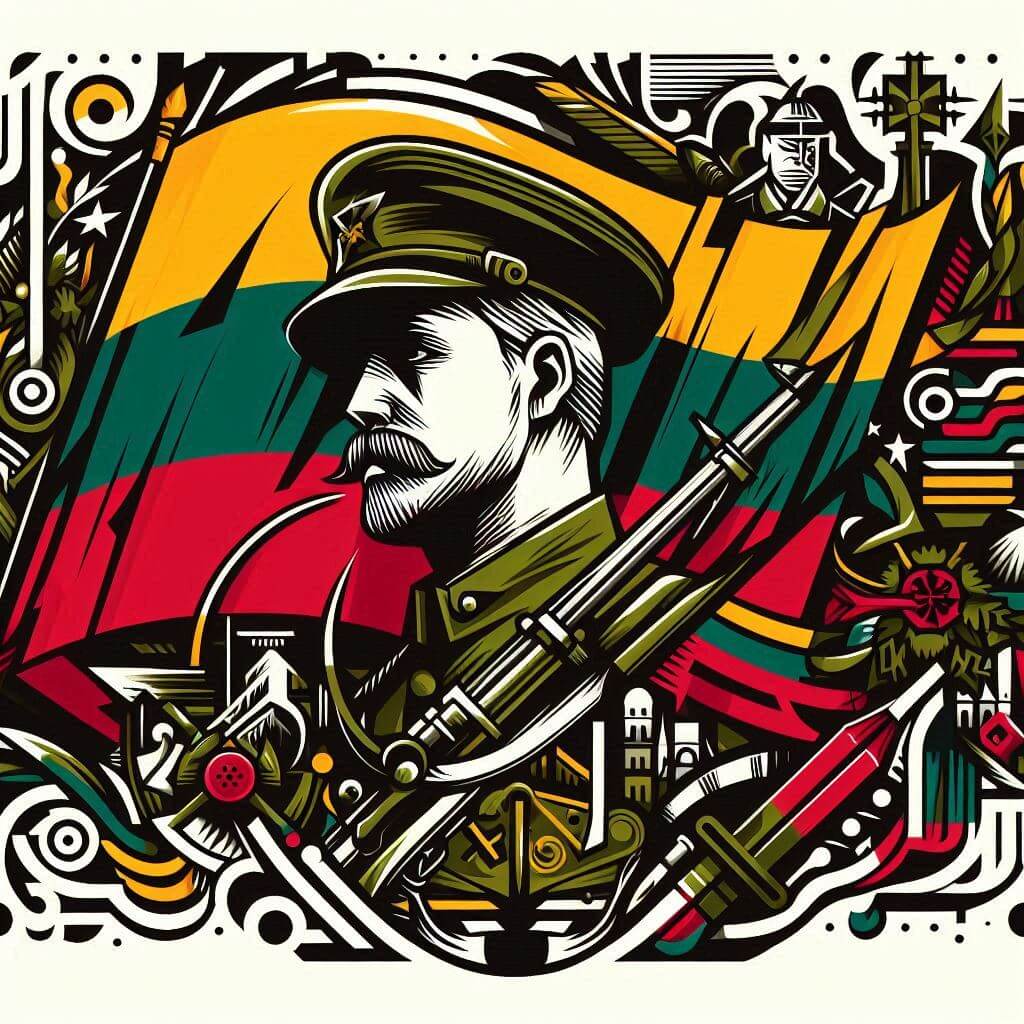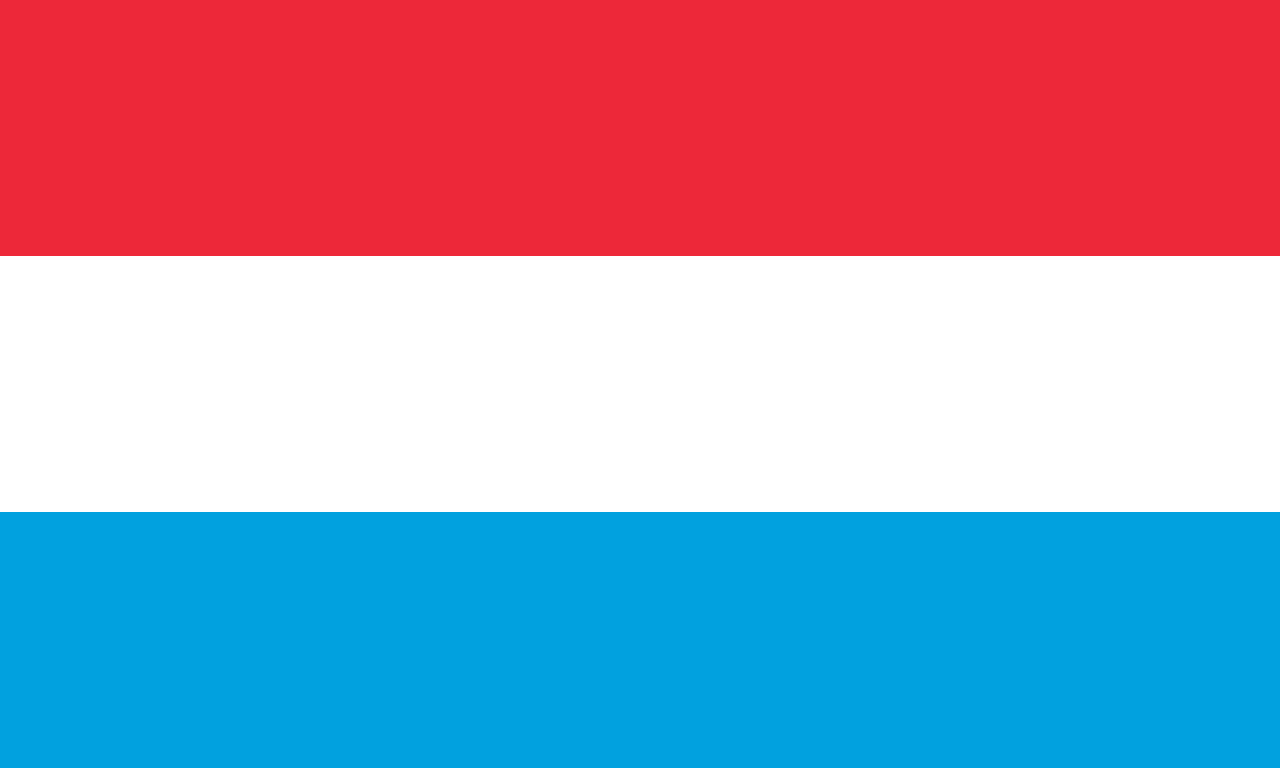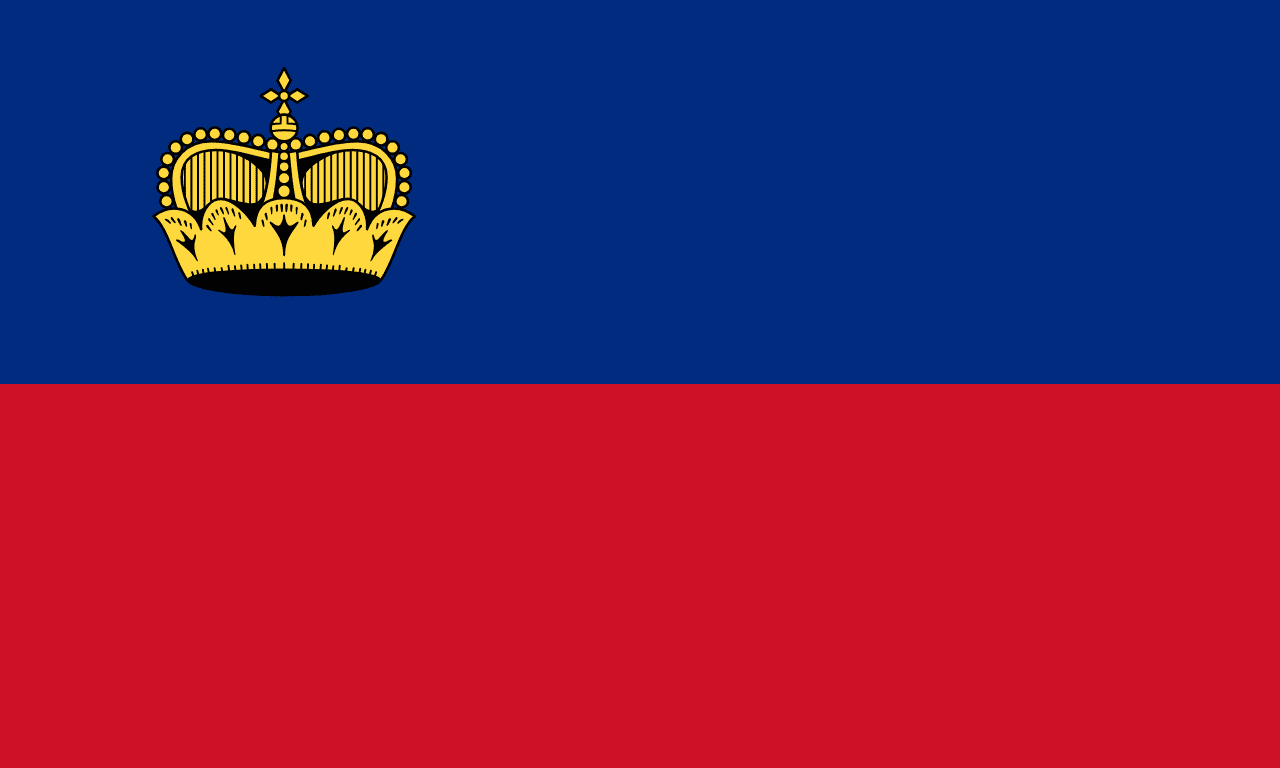La bandera de Lituania consiste en tres franjas horizontales de amarillo, verde y rojo. Este diseño tricolor encapsula la rica historia, los valores culturales y las aspiraciones nacionales de Lituania.
Información sobre Lituania
| Día de la Bandera Nacional | — |
| Estado soberano | Sí |
| Nombre oficial | República de Lituania |
| Capital | Vilnius |
| Población | 2,794,184 |
| Área | 65,300 km² |
| Moneda | Euro (EUR) |
| Idioma | Lituano |
| Continente | Europa |
| Región | Europa del Norte |
| Subregión | Estados bálticos |
| Fronteras | Letonia, Bielorrusia, Polonia, Rusia (Óblast de Kaliningrado) |
| Zona horaria | Hora de Europa del Este (EET) UTC+2 |
| Código telefónico | +370 |
| Dominio de nivel superior | .lt |
Historia de la Bandera de Lituania
 La bandera de Lituania tiene una historia larga y compleja. Sus orígenes se remontan a principios del siglo XX durante la lucha de Lituania por la independencia. El diseño actual fue adoptado oficialmente el 20 de marzo de 1989, poco antes de que Lituania declarara su independencia de la Unión Soviética. Sin embargo, la historia de esta bandera se remonta a 1918, cuando se usó por primera vez como bandera nacional del recién independizado estado lituano. Durante la ocupación soviética (1940-1941 y 1944-1989), la bandera fue prohibida, pero siguió siendo un símbolo poderoso de resistencia e identidad nacional para muchos lituanos. Su readopción en 1989 marcó un momento crucial en el camino de Lituania hacia la restauración de la independencia.
La bandera de Lituania tiene una historia larga y compleja. Sus orígenes se remontan a principios del siglo XX durante la lucha de Lituania por la independencia. El diseño actual fue adoptado oficialmente el 20 de marzo de 1989, poco antes de que Lituania declarara su independencia de la Unión Soviética. Sin embargo, la historia de esta bandera se remonta a 1918, cuando se usó por primera vez como bandera nacional del recién independizado estado lituano. Durante la ocupación soviética (1940-1941 y 1944-1989), la bandera fue prohibida, pero siguió siendo un símbolo poderoso de resistencia e identidad nacional para muchos lituanos. Su readopción en 1989 marcó un momento crucial en el camino de Lituania hacia la restauración de la independencia.
Simbolismo y diseño de la bandera de Lituania
Cada color de la bandera de Lituania tiene un profundo significado simbólico. La franja amarilla en la parte superior representa el sol, la luz y la prosperidad. Simboliza el brillante futuro de Lituania y los campos dorados de trigo que caracterizan el paisaje lituano. La franja verde en el centro representa los bosques frondosos del país, los campos fértiles y la belleza de la naturaleza. También simboliza la esperanza, la libertad y la conexión de la nación con su tierra. La franja roja en la parte inferior representa la sangre derramada por los lituanos en su lucha por la independencia, así como su coraje, valentía y amor por su patria. Juntos, estos colores reflejan la belleza natural de Lituania, sus luchas históricas y sus aspiraciones por un futuro próspero.
Uso y significado de la bandera de Lituania
 La bandera de Lituania es una fuente de orgullo nacional y se exhibe prominentemente en todo el país. Ondean en edificios gubernamentales, escuelas y durante celebraciones nacionales como el Día de la Fundación del Estado (6 de julio) y el Día de la Independencia (16 de febrero). La bandera desempeña un papel crucial en la promoción de la unidad e identidad entre los lituanos, sirviendo como recordatorio de su historia compartida y su patrimonio cultural. En contextos internacionales, la bandera representa a Lituania en entornos diplomáticos, eventos deportivos e intercambios culturales, simbolizando la soberanía del país y su lugar en la comunidad global. Durante momentos de importancia nacional, la bandera a menudo se convierte en un punto de encuentro para los lituanos, encarnando su resistencia y compromiso con los valores democráticos.
La bandera de Lituania es una fuente de orgullo nacional y se exhibe prominentemente en todo el país. Ondean en edificios gubernamentales, escuelas y durante celebraciones nacionales como el Día de la Fundación del Estado (6 de julio) y el Día de la Independencia (16 de febrero). La bandera desempeña un papel crucial en la promoción de la unidad e identidad entre los lituanos, sirviendo como recordatorio de su historia compartida y su patrimonio cultural. En contextos internacionales, la bandera representa a Lituania en entornos diplomáticos, eventos deportivos e intercambios culturales, simbolizando la soberanía del país y su lugar en la comunidad global. Durante momentos de importancia nacional, la bandera a menudo se convierte en un punto de encuentro para los lituanos, encarnando su resistencia y compromiso con los valores democráticos.
Datos interesantes sobre la bandera de Lituania
- La bandera de Lituania es una de las pocas banderas nacionales que presenta el color amarillo de manera prominente.
- Durante el período de ocupación soviética, poseer la tricolor lituana era castigado con prisión o deportación.
- Los colores de la bandera suelen asociarse con los paisajes naturales de Lituania: el amarillo por el sol y los campos de grano, el verde por los bosques y el rojo por la tierra.
- El 6 de julio de 1918, la tricolor lituana se izó por primera vez en la Torre de Gediminas en Vilna, marcando un momento significativo en la historia del país.
- Los tonos exactos de los colores utilizados en la bandera de Lituania están especificados en la ley del país para garantizar la coherencia en su reproducción.





